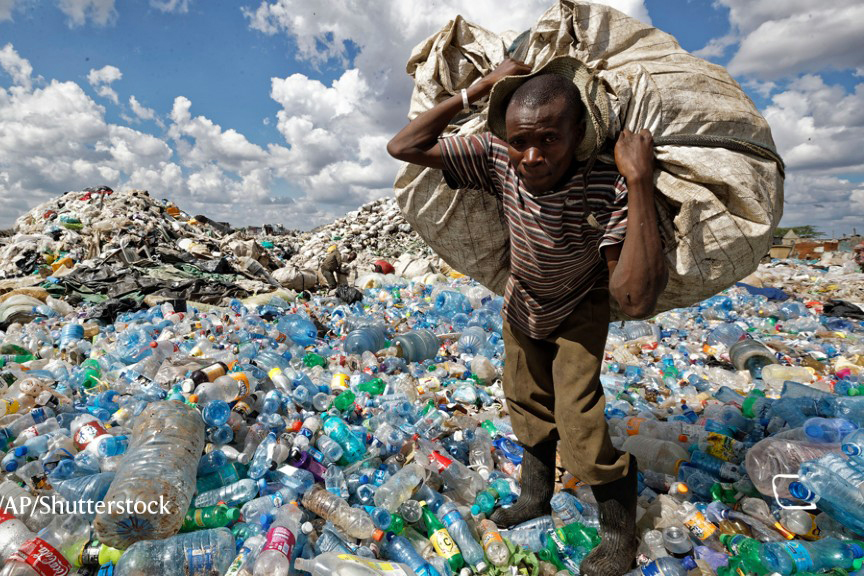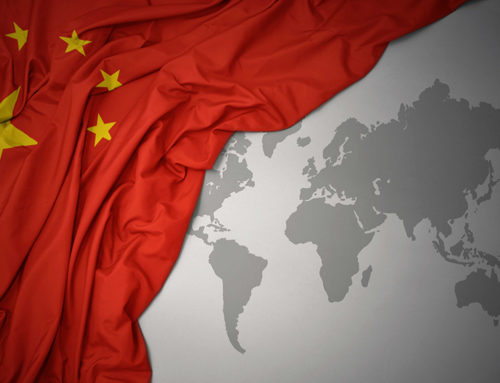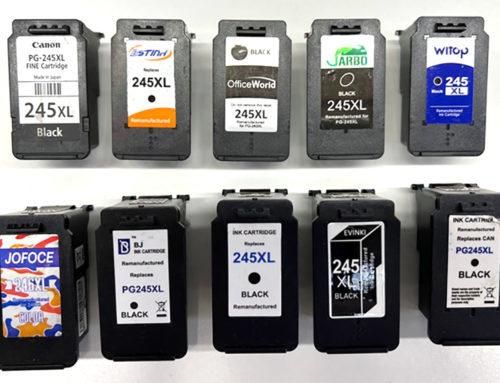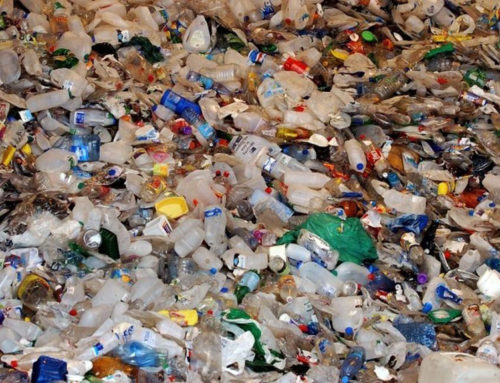In a world often captivated by the dramatic spectacle of climate-related catastrophes like hurricanes and wildfires, the creeping crisis of plastic pollution can sometimes slip from our collective consciousness. Nevertheless, the United Nations, recognizing the gravity of the situation, is taking decisive steps with a new draft treaty aimed at addressing this silent but relentless threat to our planet.
Every year, the globe churns out an astonishing trillion pounds of plastic, a staggering figure poised to triple by 2060. This incessant production, predominantly reliant on fossil fuels, not only exacerbates the climate crisis but also inundates our environment with waste. Shockingly, a mere 5% of plastics in the United States find their way to recycling centers, while the majority languish in landfills, get incinerated, or become scattered across our natural surroundings. The repercussions of this negligence manifest in the form of microplastics, minuscule particles that have infiltrated every corner of our planet, from the deepest ocean trenches to the innermost recesses of our bodies.
The UN’s draft treaty offers a glimmer of hope in the face of this mounting crisis. Still in the negotiation phase, this document outlines potential solutions and interventions to combat plastic pollution. It presents two overarching objectives: the safeguarding of human health and the environment from plastic pollution or the complete eradication of plastic pollution. The proposed solutions encompass a broad spectrum, from reducing single-use plastic production by half by 2050 to addressing the harmful chemicals frequently found in plastic materials.
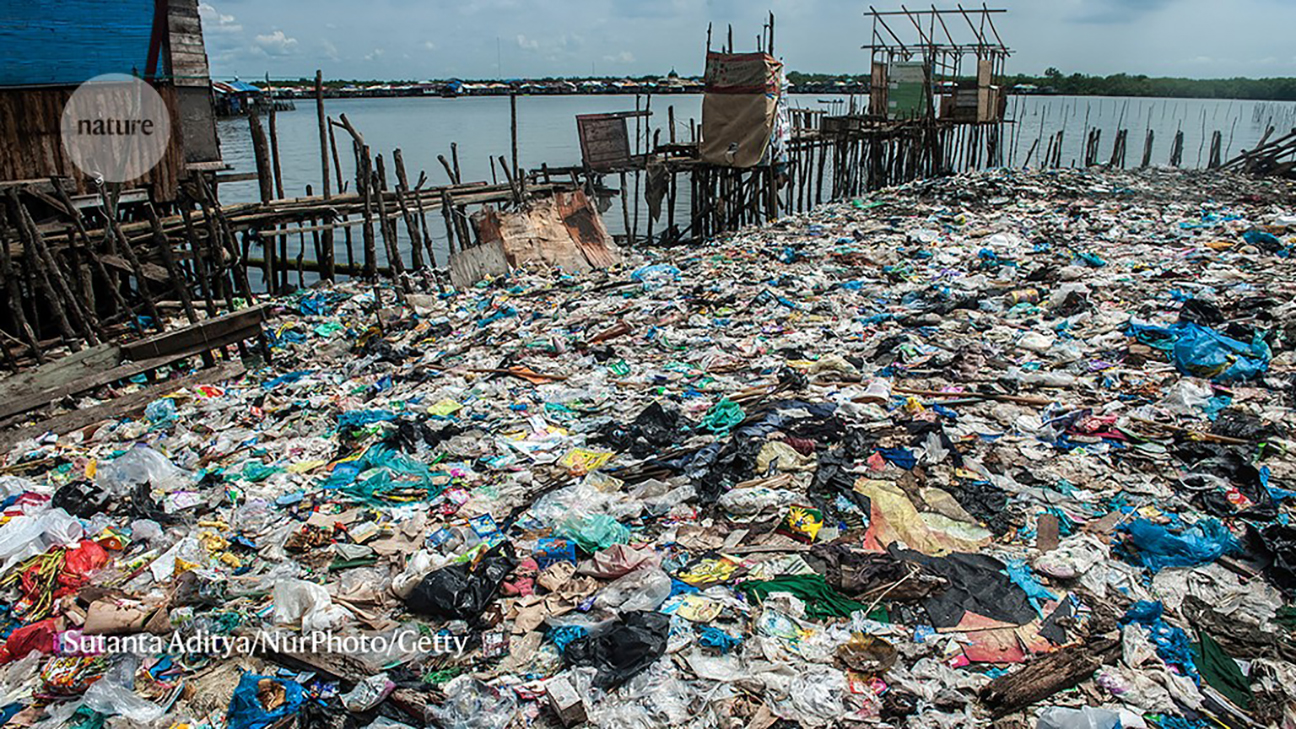
However, the path to a finalized treaty is fraught with complexities, mirroring the challenges of many global initiatives. Disagreements among nations persist regarding the level of ambition and approach. Some nations advocate for a comprehensive, binding treaty replete with stringent targets, while others favor a more voluntary framework. A parallel can be drawn with the Paris Agreement on Climate Change, where nations set their own climate targets, leading to a mixed bag of outcomes.
The draft also acknowledges the daunting challenges posed by microplastics—both those intentionally added, such as microbeads in cosmetics, and those generated from the gradual breakdown of larger plastic items, like bottles. While the draft recognizes the gravity of the problem, it still has a long road ahead in proposing concrete solutions for this intricate issue.
In conclusion, while the ultimate fate of the draft treaty remains uncertain, its very existence signifies a global acknowledgment of the plastic pollution problem. As negotiations continue, there is optimism that a comprehensive and effective solution will emerge, one that not only protects our planet but also safeguards the well-being of all its inhabitants. The United Nations’ efforts to confront plastic pollution serve as a testament to humanity’s commitment to addressing the challenges that threaten our shared home.

